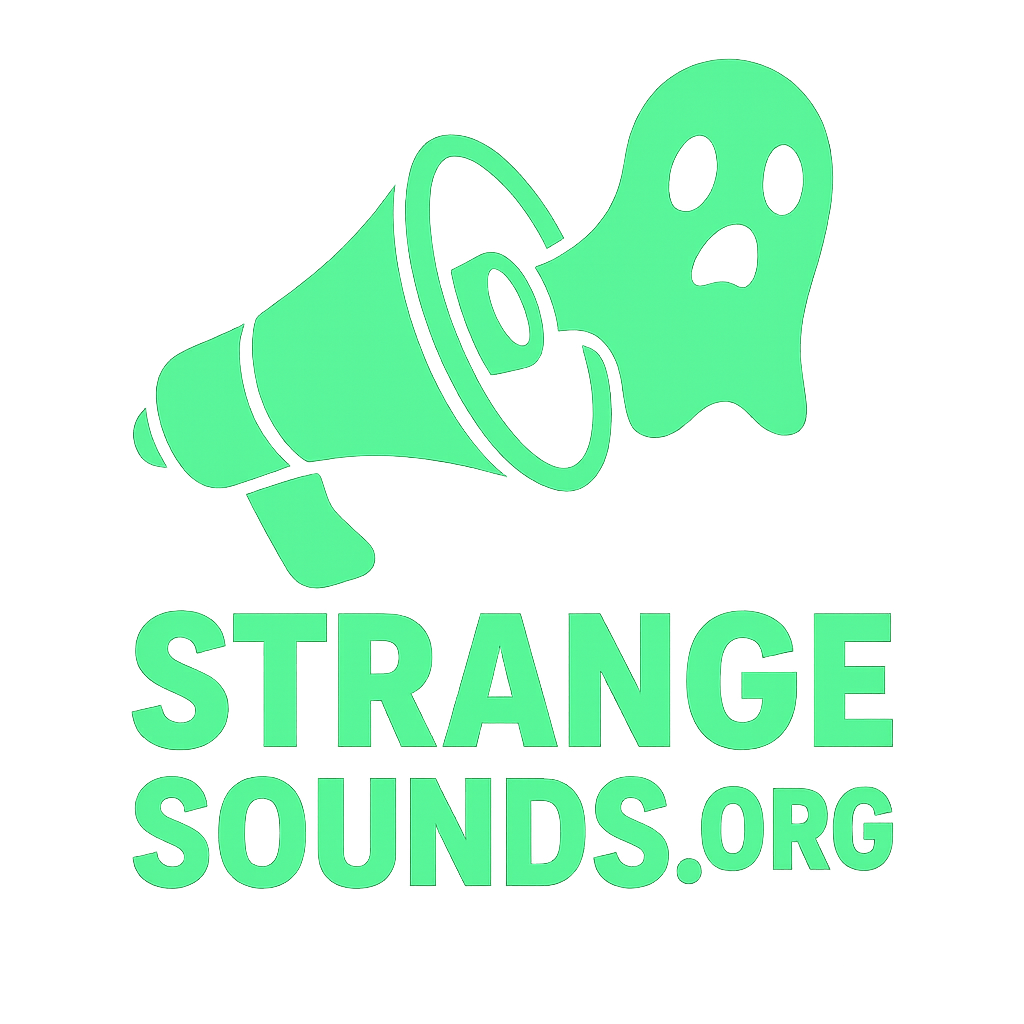Updated on: · 👉 Back to the Strange Sounds Hub · See our sub-hub: The Hum

Jump to: What is the Kokomo Hum? · What investigators found · After mitigation—did it stop? · Recognizable features · Practical steps · FAQs · References
What is the Kokomo Hum?
The “Kokomo Hum” refers to a steady, diesel-like low-frequency noise reported by residents of Kokomo, Indiana starting in the late 1990s. Early media and acoustics coverage compared it to other global “hum” cases (Taos, Bristol, Windsor). Like many hums, it was most noticeable at night and inside homes.
What investigators found
A city-commissioned investigation measured distinct tonal components in the low-frequency band and traced them to industrial sources: approximately 36 Hz from a cooling tower at a local auto casting plant and around 10 Hz from an air-compressor intake at another facility. These findings have been repeatedly summarized in technical overviews and news reports.
After mitigation—did it stop?
Noise-control steps reportedly reduced the identified tones, but community complaints persisted for some residents. This mirrors other hum locales where removing a measurable source did not resolve every case—pointing to multiple mechanisms (environmental LFN for some; ear-generated or perceptual factors for others).
Recognizable features residents reported
- Character: steady rumble or throbbing; sometimes beats with other sounds.
- Location: strongest in certain neighborhoods/homes; often worse at night.
- Ear-plug test: limited relief, typical for LFN or non-acoustic perception.
- Symptoms (variable): sleep disruption, stress, headaches for some residents.
If you think you hear the Kokomo Hum: practical steps
- Log patterns: time, room, weather, appliances, nearby industrial activity.
- Check local sources: HVAC/fans/refrigeration, well pumps, building services.
- Room & structure tests: try different rooms/floors; windows/doors; brief power-down tests (with a pro).
- Gentle masking: pink/brown noise or a fan can improve sleep.
- Clinical screen: if persistent, consult audiology/ENT to evaluate tinnitus-like contributors.
Read more on Strange Sounds:
FAQs — The Kokomo Hum
What low-frequency tones were identified?
Investigators localized tones near 36 Hz (cooling tower) and ~10 Hz (compressor intake) at nearby industrial plants.
Did fixing those sources end the hum?
Complaints reportedly declined for some residents but did not vanish entirely, suggesting more than one mechanism behind people’s perceptions.
How common are low-frequency hum complaints?
They’re typically reported by a small subset of people in a community; sensitivity and context vary widely across locales.
Is it dangerous?
No direct harm is established at typical community levels, but sleep loss and stress are common. Address both environmental and clinical angles.
References & Further Reading
- Cowan, J.P. (2008). The results of hum studies in the United States (ICBEN). Kokomo study summary and outcomes. PDF.
- The Hum overview (Kokomo case; 10 Hz & 36 Hz tones; persistence post-mitigation).
- WTHR (Indianapolis) — Kokomo hum investigation and industrial sources reporting.
- Leventhall, H.G. (2004). Low Frequency Noise and Annoyance — sensitivity and community effects.
- Acoustics Today (ASA Echoes) — Kokomo coverage and community responses (early 2000s).
Get Involved
- 📩 Report a Hum (time, location, indoors/outdoors, recordings).
- 📰 Subscribe to our newsletter
- ❤️ Support on PayPal · DonorBox


